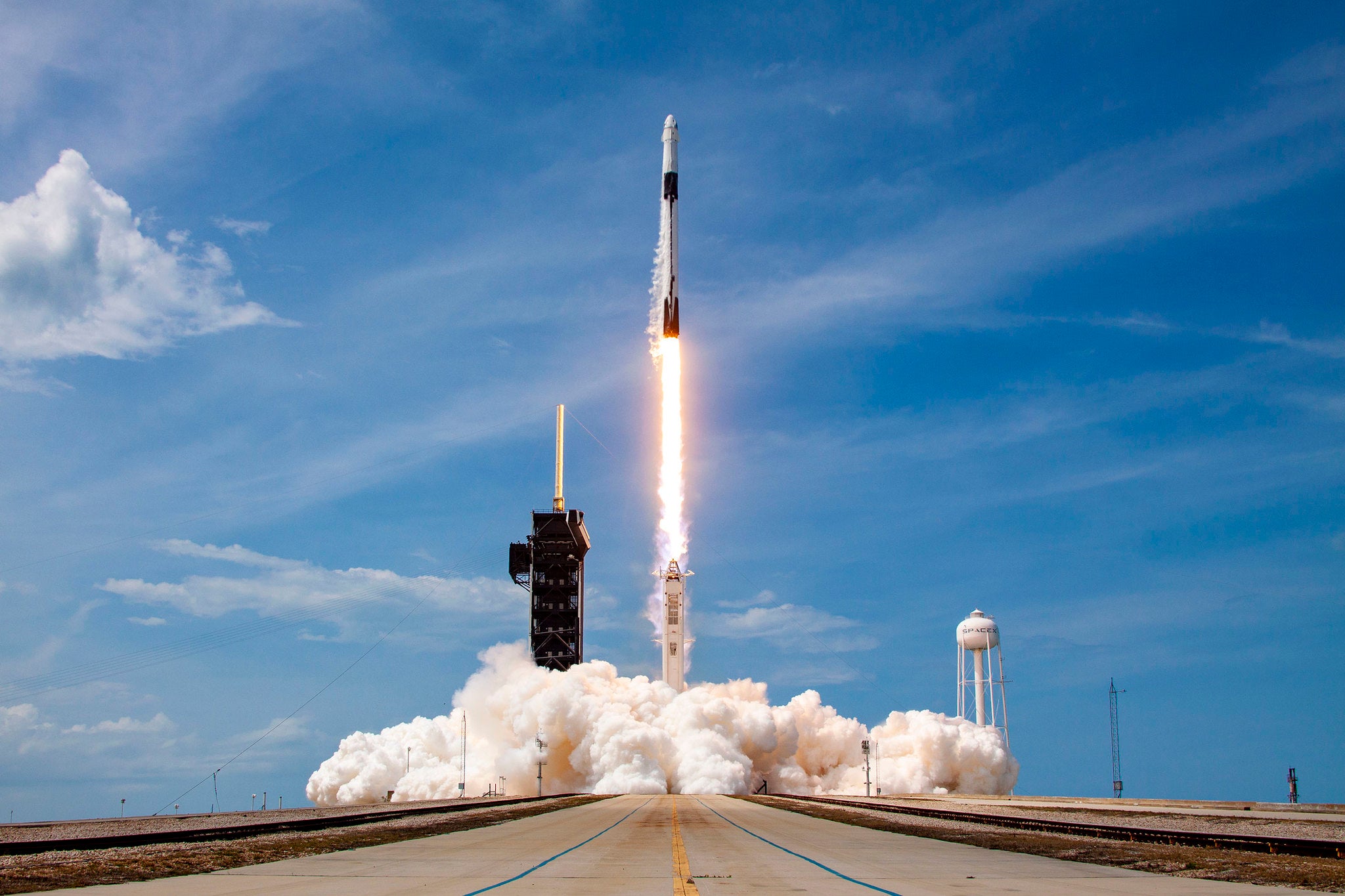The cost of commercial space flight is influenced by a multitude of factors that can vary widely. From the design and construction of spacecraft to the cost of fuel and maintenance, there are numerous variables that can impact the final price tag of a trip to outer space.
Additionally, factors such as technological advancements, competition among spaceflight companies, and government regulations can all play a role in determining the overall cost of commercial space travel. Understanding these various influences is crucial for both businesses and consumers alike who are looking to participate in the burgeoning space tourism industry.
Technology and Infrastructure Costs

The technology and infrastructure costs associated with commercial space flight are significant factors that influence overall expenses. From developing cutting-edge spacecraft to constructing launch pads and mission control centers, the investment required in this industry is substantial. Additionally, maintaining and upgrading technology to keep up with advancements in space exploration adds to the ongoing costs of operating a commercial space flight program.
Advanced systems and equipment are essential to ensure safe and successful missions, but they come at a high price. In order to stay competitive in the rapidly evolving field of commercial space travel, companies must continuously invest in innovation and infrastructure, driving up the overall cost of conducting space missions.
Regulatory Compliance and Licensing Fees

Regulatory compliance and licensing fees play a significant role in determining the overall cost of commercial space flight. Obtaining the necessary licenses and adhering to strict regulations set forth by governmental agencies can add substantial expenses to the already high costs associated with space exploration. Companies must invest time and resources into ensuring that their space missions are in full compliance with international laws and safety standards, which can vary greatly depending on the destination and purpose of the mission.
Additionally, licensing fees can skyrocket if a company is looking to launch its spacecraft into orbit or beyond, requiring careful financial planning and budgeting to navigate the complex regulatory landscape of the aerospace industry. Meeting these compliance requirements and paying the associated fees are essential steps in ensuring the success and safety of commercial space missions.
Labor and Training Expenses

Labor and training expenses are significant components that influence the cost of commercial space flight. Human capital plays a crucial role in the success and safety of space missions, requiring extensive training and specialized skills. From astronauts to ground crew, the recruitment, training, and compensation of experienced professionals add to the overall expense of space exploration.
Additionally, the development of new technologies and equipment necessitates a highly skilled workforce, driving up labor costs. Training programs must constantly evolve to keep pace with advancing technology, adding another layer of complexity to the already intricate process of preparing for space travel. As a result, labor and training expenses continue to be a major factor in determining the overall cost of commercial space flight.
Fuel and Maintenance Costs
Fuel and maintenance costs are two significant factors affecting the overall expense of commercial space flight. The price of rocket fuel alone can account for a significant portion of the total cost, especially as rockets require massive amounts of fuel to reach the necessary velocities to escape Earth’s gravitational pull. In addition to fuel costs, maintenance expenses add another layer of financial burden to commercial space flight operators. Rockets are complex machines that require meticulous upkeep and regular servicing to ensure they function properly and safely.
These ongoing maintenance costs can quickly add up and contribute to the overall price tag of sending payloads or astronauts into space. As technology advances and new materials and designs are developed, there is hope that these costs will decrease over time, making commercial space flight more accessible and cost-effective.
Conclusion

In conclusion, the cost of commercial space flight is influenced by a combination of factors that range from technological advancements and competition in the industry to government regulations and infrastructure development. Companies in the space tourism sector must carefully consider these variables to ensure the viability and sustainability of their operations.
As the industry continues to evolve and grow, managing the cost of commercial space flight will remain a critical challenge that requires ongoing innovation and collaboration across different stakeholders. Ultimately, striking a balance between affordability and quality will be crucial in realizing the full potential of commercial space travel for future generations.



